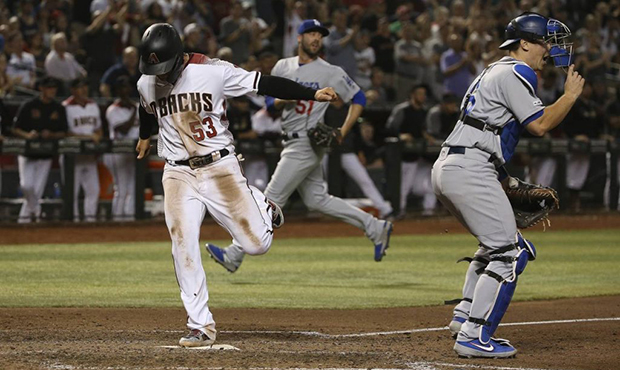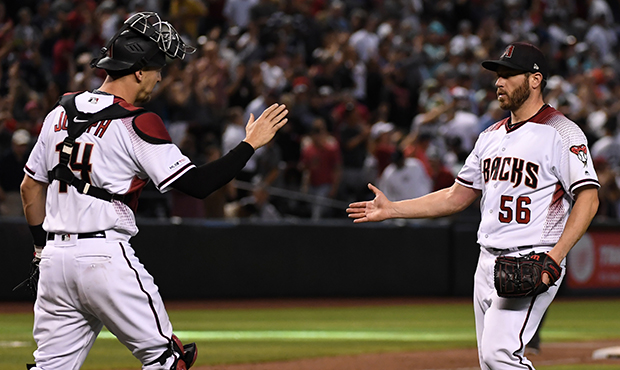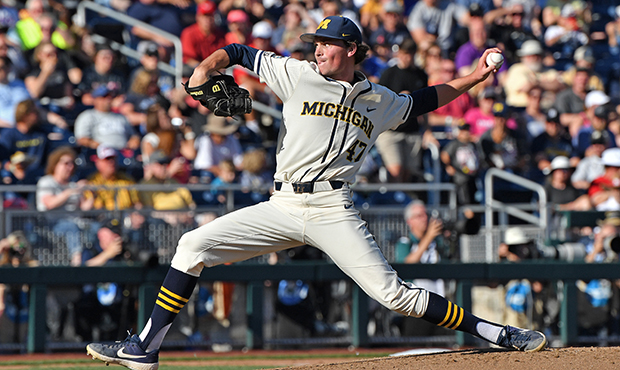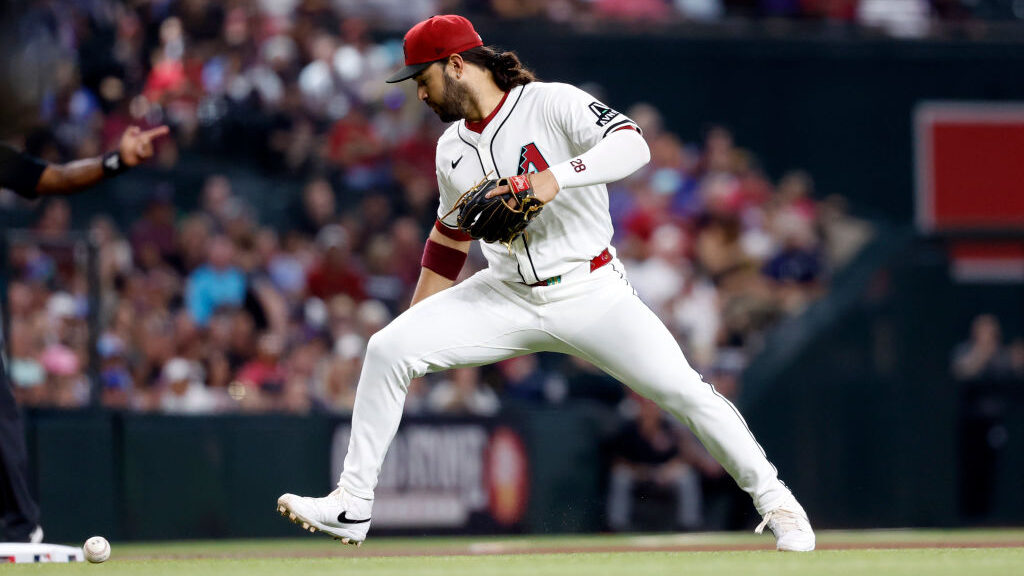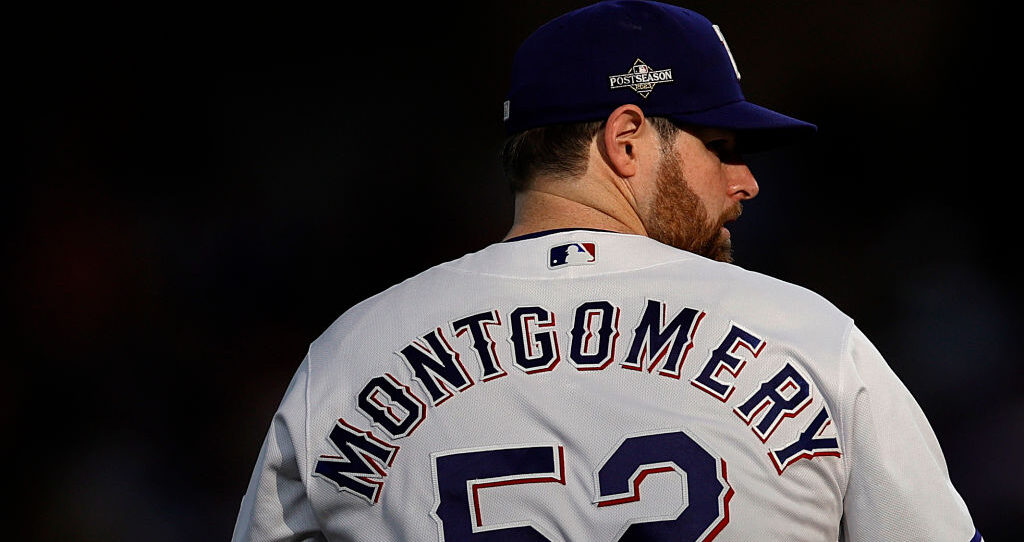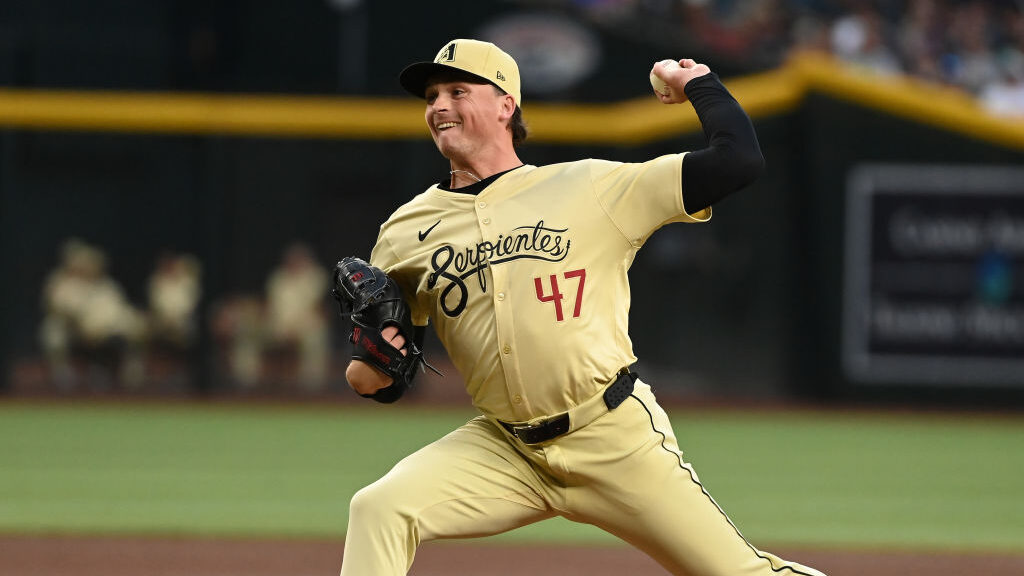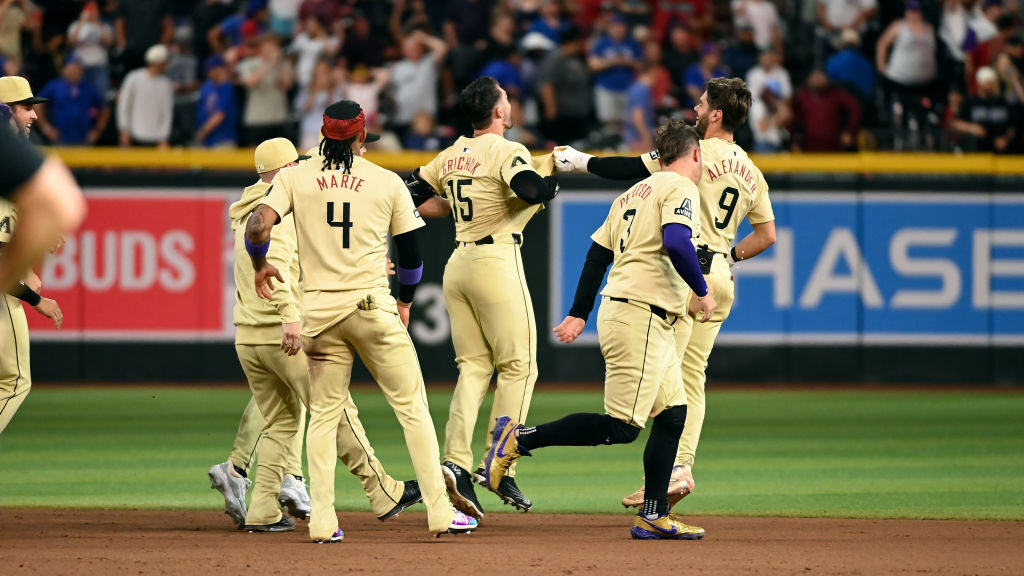A look at what makes D-backs ace Zack Greinke the hitter he is
Jun 25, 2019, 10:45 AM
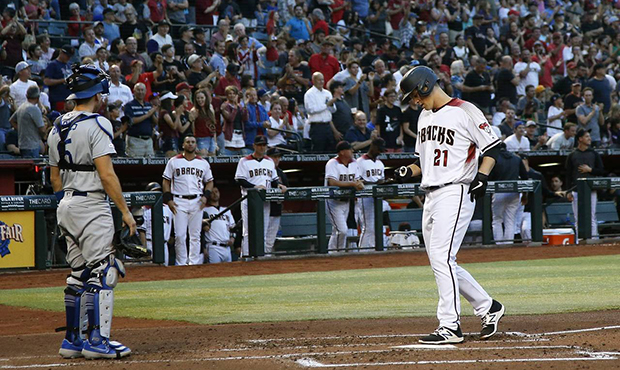
Arizona Diamondbacks' Zack Greinke (21) arrives at home plate after hitting a home run as Los Angeles Dodgers catcher Austin Barnes, left, pauses nearby during the second inning of a baseball game Monday, June 24, 2019, in Phoenix. (AP Photo/Ross D. Franklin)
(AP Photo/Ross D. Franklin)
Zack Greinke’s switch to the National League was the best thing that could have happened to him.
Greinke did have seven really good seasons with the Kansas City Royals. He won a Cy Young award there in 2009, accumulated 26.2 WAR and put up a 3.82 ERA and a 116 ERA+.
But after a trade to the Brewers during the offseason between the 2010 and 2011 seasons, Greinke got better. Since that switch, Greinke has accumulated 37.8 WAR and put up a 3.08 ERA and 131 ERA+.
But the switch to the NL also allowed Greinke to improve in another area: hitting.
Greinke appeared at the plate just 26 times during his time with Kansas City. He batted a poor .167/.167/.375 in his limited sample size. In his first year with the Brewers, Greinke had more than double the number of plate appearances than he did in his whole Royals career.
It was a rough adjustment at first, especially since he was only in Milwaukee for a season and a half. But after signing with the Los Angeles Dodgers after the 2012 season, Greinke found himself at the plate. He batted .328/.409/.379 in 72 plate appearances and drove in four runs. Greinke got a hit in half of his 28 starts that season.
Greinke’s 2019 season at the plate is starting to mirror his performance in 2013. The Diamondbacks ace is hitting .306/.342/.667 with three home runs and six RBI in 41 plate appearances. He has recorded a hit in eight of his 17 starts.
While Greinke got on base in 2013, he never hit a ball out of the park. Greinke hit two in 2015 with the Dodgers but struggled to make contact hitting .224.
Of course, our expectations of batting average for a pitcher has to be lowered. .224 is actually quite good for a pitcher. Greinke is just a bit of an exception to that.
The addition to Greinke’s hitting game has been the power in 2019. That was evident in Monday’s game against the Dodgers, in which he hit a solo shot off Clayton Kershaw to give the D-backs the lead. He now leads all pitchers with his three home runs; the Mets’ Noah Syndergaard has two.
So how has Greinke done it?
Well, the ace has familiarized himself with a variety of pitches. All three of his home runs have came on different types: A four-seamer, slider and cutter.
The slider is perhaps the most notable pitch out of the three. Since 2017, Greinke has seen the pitch 102 times, per Brooks Baseball. In 2017, Greinke didn’t get one hit when it was thrown at him. In 2018, he batted .111 when seeing it.
This season, Greinke is batting .444 against the pitch, and has seen it 32 times. It’s the most common non-fastball pitch he sees.
Perhaps opposing pitchers should adjust. Brooks Baseball says that Greinke has “a disastrously high likelihood to swing and miss (71% whiff/swing)” against offspeed pitches. The same term is used to describe his approach against breaking pitches like the slider, but that percentage drops to 52%.
Pitchers can’t just throw Greinke fastballs, either. While he only hits .228 against them on his career, he is patient. Brooks Baseball said the D-backs ace has “a below average likelihood to swing and miss (11% whiff/swing).”
Greinke’s prowess has made him a legitimate threat in the D-backs lineup. He is no easy out as most pitchers tend to be.

